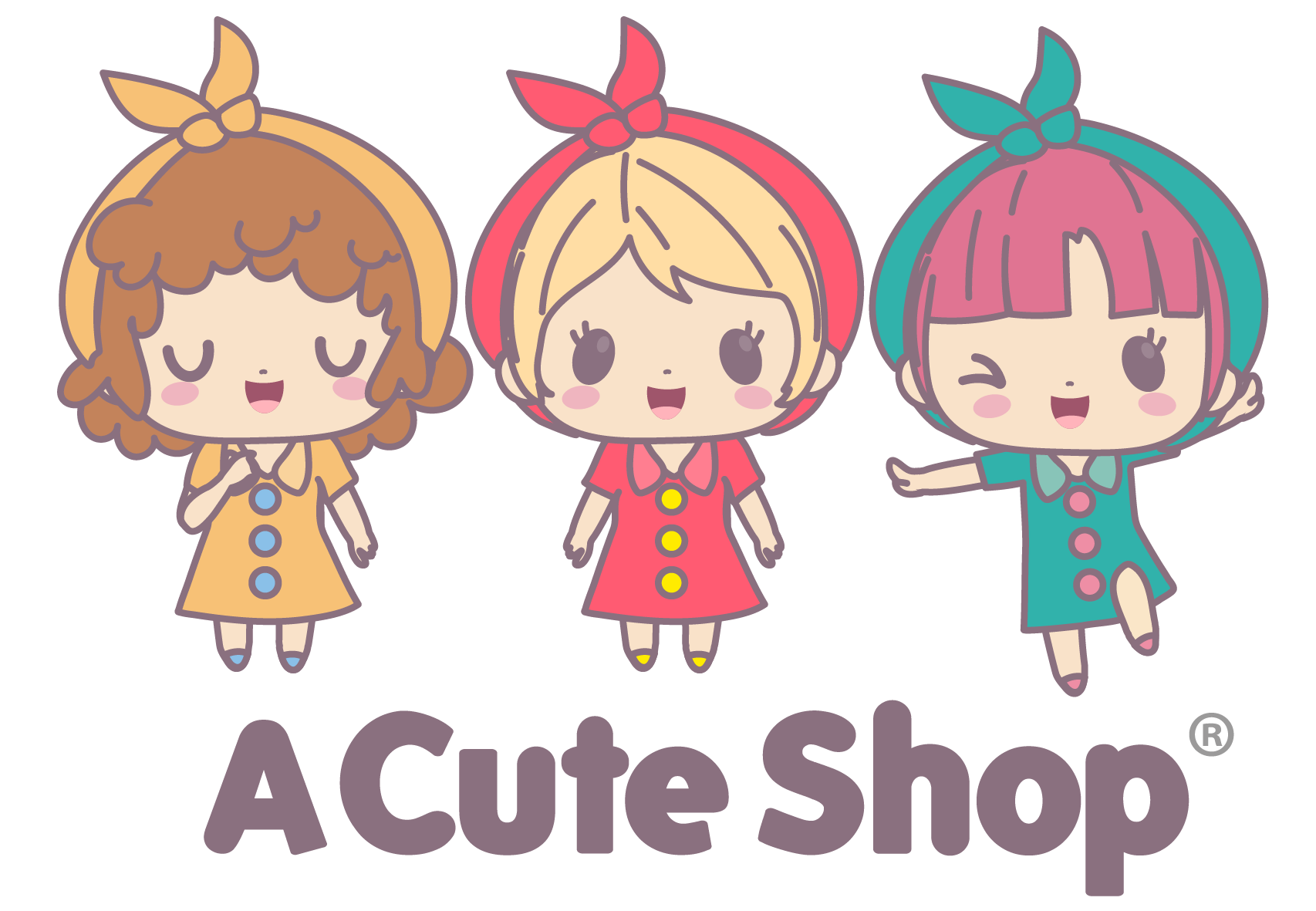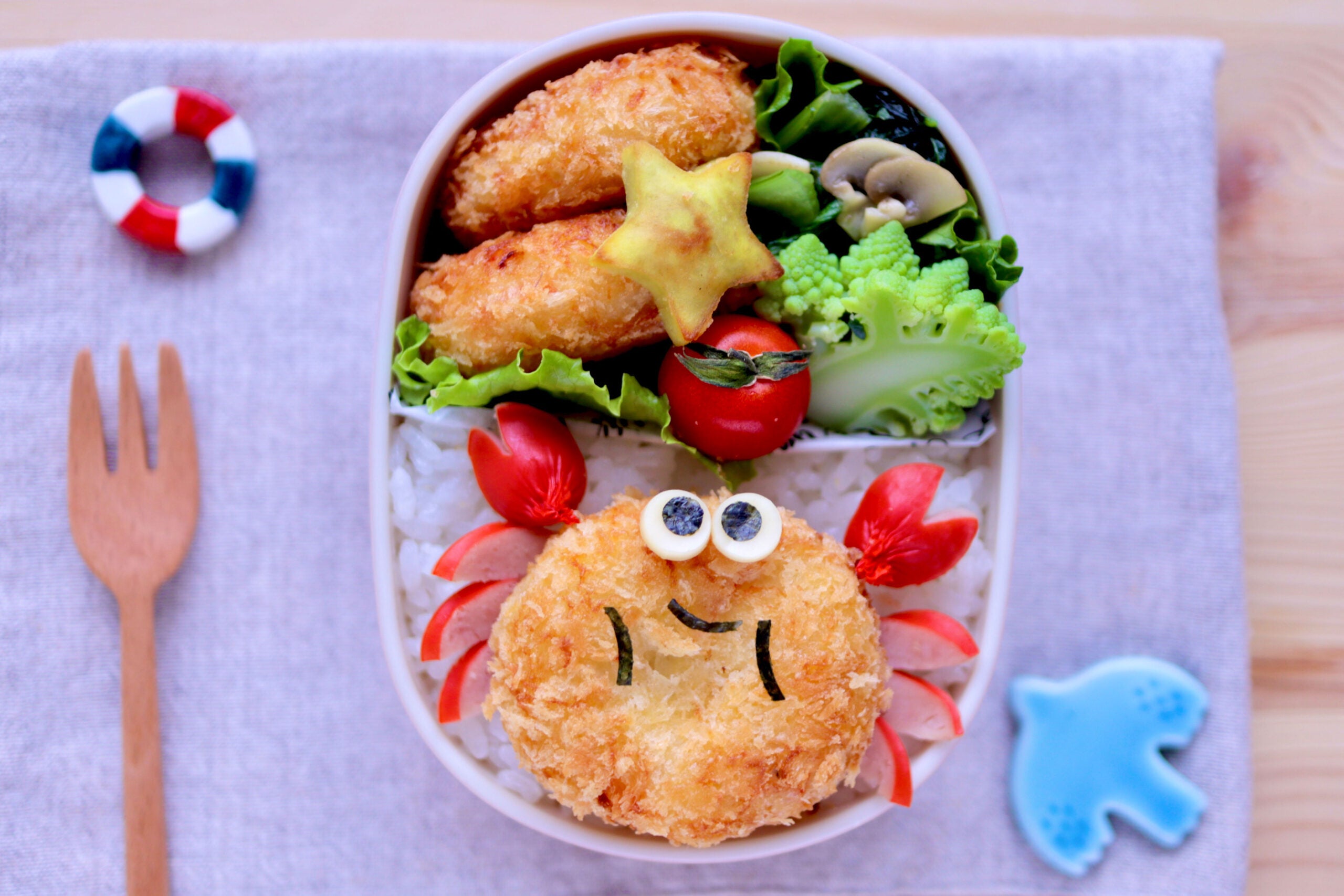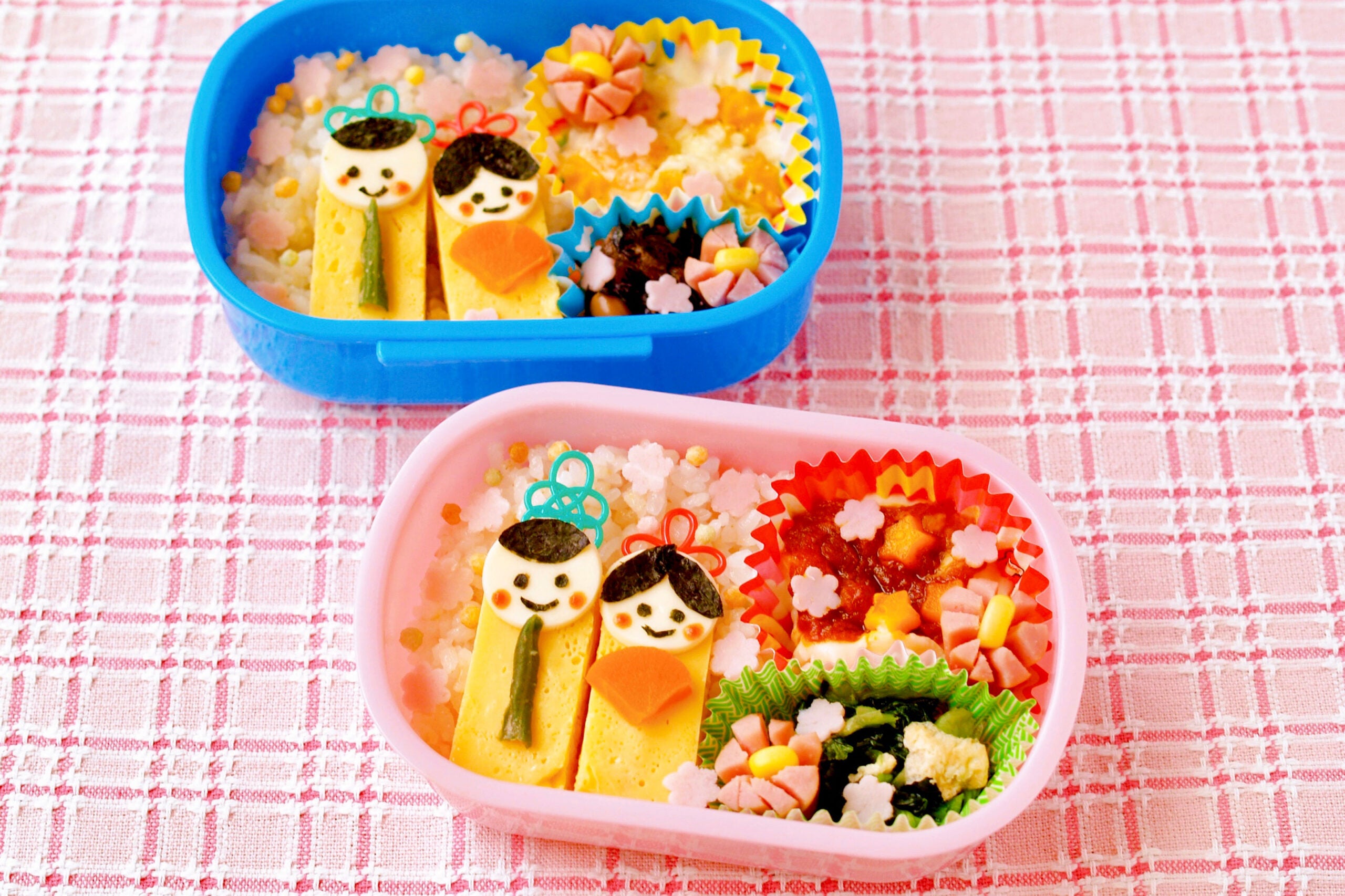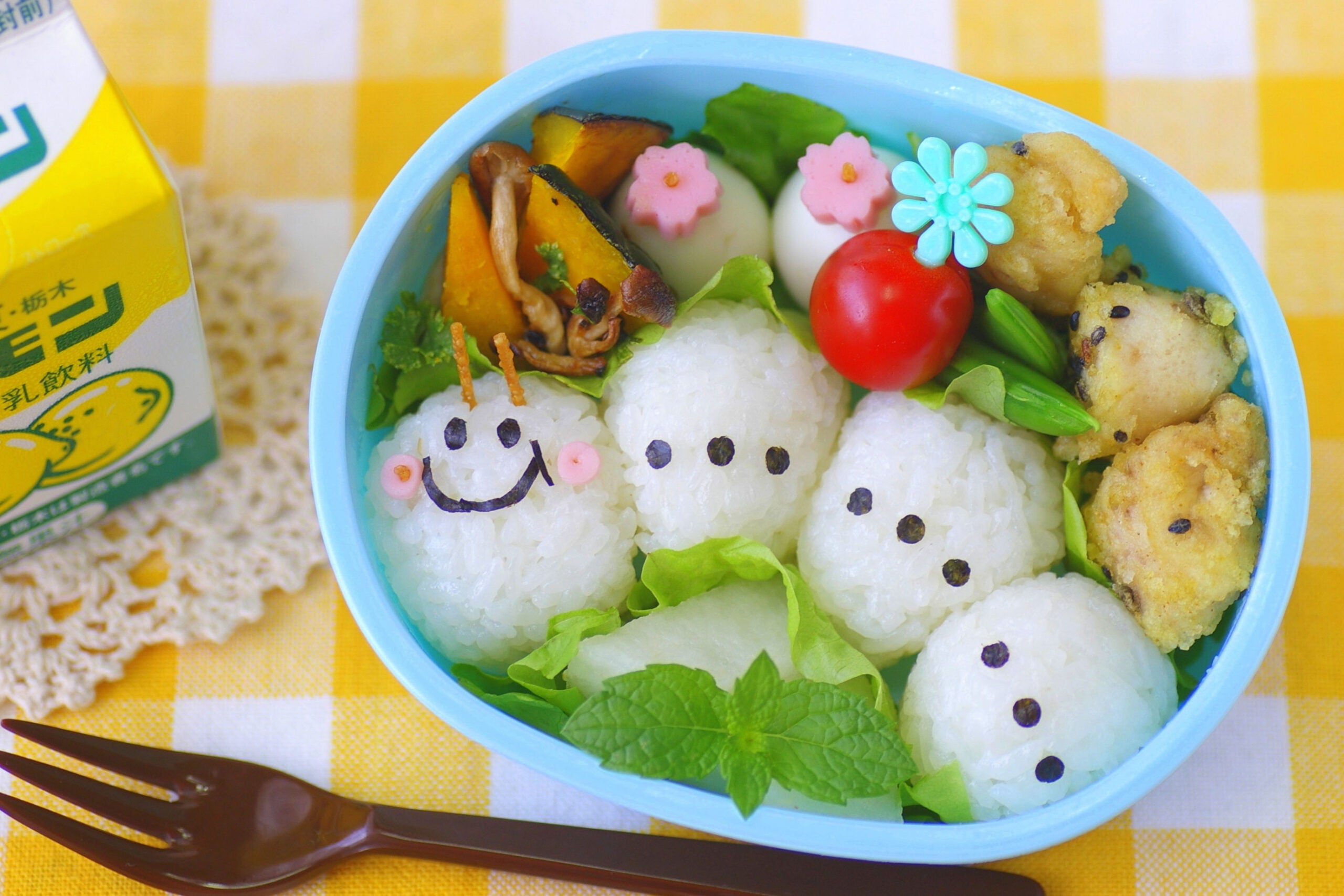Hello Kitty In Bento Box Form Is What We All Need Right Now
Maki Ogawa realized the power of comfort food after she sent her three-year-old son off to kindergarten for the first time. Like most toddlers, he tearfully clung to his mother when it was time for her to leave. “I thought a cute bento box would help him,” the Saitama-based Japanese cookbook author recalls.
Ogawa immersed herself in the world of kyaraben, or decorative bento boxes (sometimes shortened to deco-bens): creatively assembled meals designed to look like popular cartoon characters—think Hello Kitty, Doraemon, and Pikachu. It was as much art as it was sustenance, giving her son not just a meal, but a joy-filled experience to look forward to at school. The kyaraben even helped the toddler break the ice at school: “Many classmates started looking forward to seeing my son’s kyaraben, and he made more friends,” says Ogawa. She and her son even developed an after-school ritual of browsing through illustrated books and magazines together for inspiration for the next day’s kyaraben.
Realizing the power of kyaraben as a way to not only encourage children to eat healthy meals but also enable parents and kids to bond over shared interests, Ogawa is now the creator behind a food-focused Instagram page that highlights her bento creations. She has also co-authored cookbooks all about bento boxes, teaching other parents how to design innovative lunch boxes for their own children.
During the peak of the COVID-19 pandemic, the internet took kindly to these aesthetic lunchboxes, which gave room for food enthusiasts to infuse some creativity and delight into their daily meals. Ogawa is one of many creators today using social media to share the increasingly popular concept with a global audience—and celebrating Japanese pop culture in the process.
Long before kyaraben became a growing movement, countless varieties of bento boxes have abounded across Japan, most including a few key elements: a protein like chicken or a slice of broiled salmon, pickled vegetables, and a lump of rice sprinkled with sesame seeds. Since the inception of bentos about 1,200 years ago, the compartmentalized meal has evolved over the centuries, often reflecting the times. During Japan’s Azuchi-momoyama period, the bento box was a symbol of luxury called Sageju, typically carried by aristocrats during outings to admire the cherry blossoms or the autumn leaves. During the Edo era, theater enthusiasts would enjoy a special lunch box called Makunouchi during intermissions. As railway-based tourism boomed in the island nation during the 1970s, the portability of bento boxes made them convenient for travelers, and different regions began making them with local ingredients to offer tourists quick meals with a homemade touch.
The bento box took on a new identity during the post-World War II period, when Japan saw rapid economic growth. As mass-produced meals lined the shelves at 7-Eleven stores across the country, the kyaraben became a sub-genre of its own. Manga spreads and anime saw a boom in the 1980s (think Bishoujo Senshi Sailor Moon and Tonari no Totoro), and when these universes featured creatively assembled bento boxes in the storylines, they catapulted kyaraben to a whole new level of popularity. Equipment to mold rice, trim nori, and slice sausages subsequently hit the market to help kyaraben enthusiasts reduce prep time. Pop culture websites published listicles on the best bento boxes featured in anime. Since 2014, the Japanese government and its embassies across the globe have even hosted bento competitions, helping cement the kyaraben as more than just a fad. The compartmentalized lunch box has transcended its practical beginnings to become a space for creativity and a celebration of the country’s rich pop culture.
Tokyo-based Japanese food blogger Ami Nishimura is one artist who, like Ogawa, decided to make food her canvas and chopsticks her brush. She now has nearly a million subscribers on her YouTube channel, where she teaches viewers how to make decorative bentos inspired by the likes of Pokémon GO and the anime show Healin’ Good Pretty Cure. Now a mother, Nishimura notes that, for many people in Japan, kyaraben has become a form of expression between parents and their children, stemming from the cultural emphasis placed on preparing healthy meals for kids. “Our culture grew up with cooking at home. This inspires people like me to cook at home,” she says. Kyaraben fervor has gotten so intense that some school children even end up comparing and competing with each other over whose bento looks best.
Still, most parents would consider the kyaraben a win-win situation: a package of excitement and interest that encourages children to eat healthy lunches. The concept is clever, cute, and “so Instagrammable,” quips Ogawa. And when aesthetic meets algorithm thanks to anime and manga culture going global—driven in large part by streaming platforms like Netflix—many bloggers and influencers now focus exclusively on kyaraben or bento boxes. In recent years, even creators outside Japan (like the U.S.-based @packmylunchmom and Australia-based @bentokidslunch) have begun sharing their kyaraben and incorporating the tradition into their own lifestyles. Websites like momo’s obentou and justbento have become popular both in and outside of Japan.
In the era of social media and meme culture, the kyaraben is undergoing a surprising renaissance. Unlike the luxurious curations or emphasis on local flavors that defined bento boxes of the past, the modern kyaraben is a playground for whimsy, experimentation, and artistic expression. It is, at its best, an art form to be devoured.
[ad_2]
Source link





